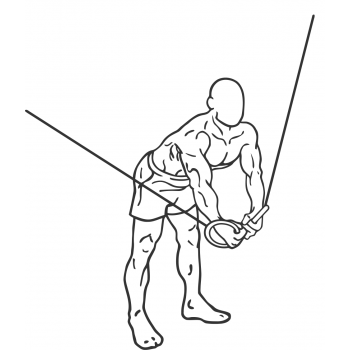

It doesn’t matter if there’s a slight bend in your elbow, there’s still a ton of stress on the chest muscles and connective tissue, but not where you think it is. Since a Dumbbell Fly feels heavier at the peak of the extension, you can’t use a lot of weight safely. Now, imagine that much weight at chest level but extended all the way out to your sides. Think about how heavy a weight feels when you’re performing Chest Presses and you lower the weight to the chest level. In particular, you will damage the anterior shoulder capsule, and that’s something you don’t want to mess with. And it doesn’t matter if you are using a flat bench or an incline bench.Įven if you’re using lighter weights to account for the fact that you’re weaker at this angle, you can still cause excess stress to the front of the shoulder. On a bench, there’s simply no protection against this overextension. When the weight is that far away from your body, the risk for shoulder injury and overextension goes through the roof. But I’m also going to show you alternatives that are more effective AND far safer. That’s why I’m going to breakdown everything that is wrong with the Dumbbell Fly (Chest Fly).

I’m actually surprised at how many fitness experts and fitness enthusiasts like this exercise. Pro athlete or not, I don’t want this to happen to you either.

Not only are you out for several games, but you’re going to be pissed at me! Imagine if you’re a pro quarterback and you hurt your shoulder joint or shoulder blades during chest exercises that I recommended.
CABLE CROSSOVER CHEST HOW TO
I need to teach professionals how to exercise so they can be better at their sport. Guys, it’s important to remember what I do. “But Jeff, what’s the big deal with chest flies? Are they THAT bad for training your chest?” It’s no surprise that chest flies are not in my “absolute go-to chest exercises” category.Īs I’ve talked about many times, I believe that the risk-reward ratio is all risk and no reward.


 0 kommentar(er)
0 kommentar(er)
